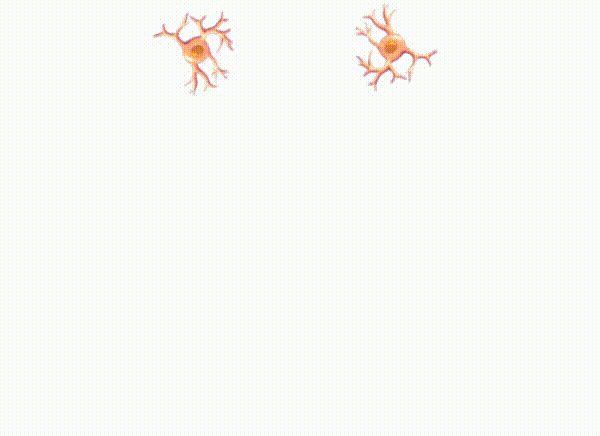Well-known researcher H. Selye (1907-1982) first paid attention to neuro-endocrine-immune interactions.
The nervous and endocrine systems release neurotransmitters, neuropeptides, and endocrine hormones, which modulate
 a variety of physiological functions. In turn, the immune
system communicates with the nervous and endocrine systems through secreting cytokines and chemokines.
Signaling molecules, metabolites, neuro molecules and cytokines serve as a communication interface between the
central and peripheral nervous systems, and immune system, and this communication can work in both directions.
a variety of physiological functions. In turn, the immune
system communicates with the nervous and endocrine systems through secreting cytokines and chemokines.
Signaling molecules, metabolites, neuro molecules and cytokines serve as a communication interface between the
central and peripheral nervous systems, and immune system, and this communication can work in both directions.
Through neurotransmission and the «Hypothalamus - Pituitary - Adrenal (HPA) axis»
any stress including infection affects immune functions. A wide range of pro-inflammatory cytokines such as
IL-1β, IL-6 è TNF-α can
activate the HPA axis, and drive immune inflammation, whereas high levels of glucocorticoids lead to the suppression
of the immune system and inflammatory processes promoting the production of anti-inflammatory cytokines such
as IL-10, TGF-β è IL-35.
The pituitary gland
or hypophysis consists of three lobes:
anterior, intermediate, and posterior. The anterior lobe of the pituitary gland synthesizes somatotropin
(growth hormone), thyroid-stimulating hormone (TSH), adrenocorticotropic hormone (ACTH), lactotropic hormone
(LTH) or prolactin, β endorphin, and gonadotropins.
The hormones of the anterior lobe exert largely immunostimulatory effects. In particular, somatotropin
upregulates T lymphopoiesis in the thymus. However, β endorphin may exhibit immunosuppressive action at a high
concentration. The intermediate lobe produces melanocyte-stimulating hormone (MSH),
which displays anti-inflammatory and immunosuppressive effects.
The thyroid gland
produces triiodothyronine (T3) and
thyroxine (T4) that impact the immune system mainly in an upregulating manner.
Unfortunately, there are some autoimmune thyroid diseases caused by a breakdown in immune tolerance under the
influence of a wide range of harmful factors.
The pancreas
is an endocrine gland producing several important
hormones such as insulin (β cells), glucagon
(α cells) and somatostatin (δ cells), which have immunomodulatory and mainly
upregulatory effects. Type 1 Diabetes Mellitus is a severe autoimmune disease due to the autoimmune damage to the
pancreatic structure. Furthermore, insulin is a powerful mitogen, which may be taken into consideration as a
factor of the tumorigenesis if the insulin resistance and hyperinsulinaemia occur.
The adrenal gland
produces over 30 different hormones including
steroids in the cortex and norepinephrine and epinephrine
in the medulla. The zona glomerulosa of the cortex secretes mineralocorticoids including aldosterone,
the zona fasciculata produces glucocorticoids, and the zona reticularis secretes dehydroepiandrosterone (DHEA),
androgen, and estrogens.
Aldosterone as a part of renin–angiotensin–aldosterone system (RAAS) is
critically involved in the pathogenesis of hypertension. It has been shown the RAAS may play a pathological role in
the immune mechanisms associated with hypertension.
Glucocorticoids exhibit their immunosuppressive effects due to inhibition of
cytokine expression at the transcriptional level.
The most abundant adrenal steroid, DHEA, which lacks sexual activity, is a keystone intermediate in the metabolic
pathways of sex hormones. It has been demonstrated in research of the interactions of estrogen and androgen receptors
on lymphocytes that estrogens promote Th2 polarization conditions and
inhibit a Th1 polarization condition, whereas DHEA and androgens
have the reverse action.
